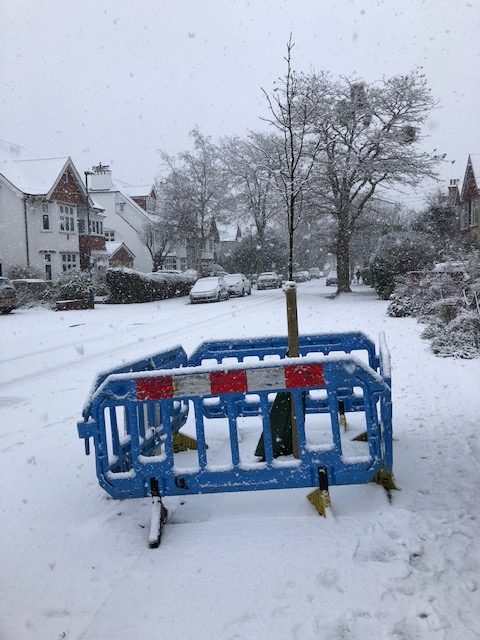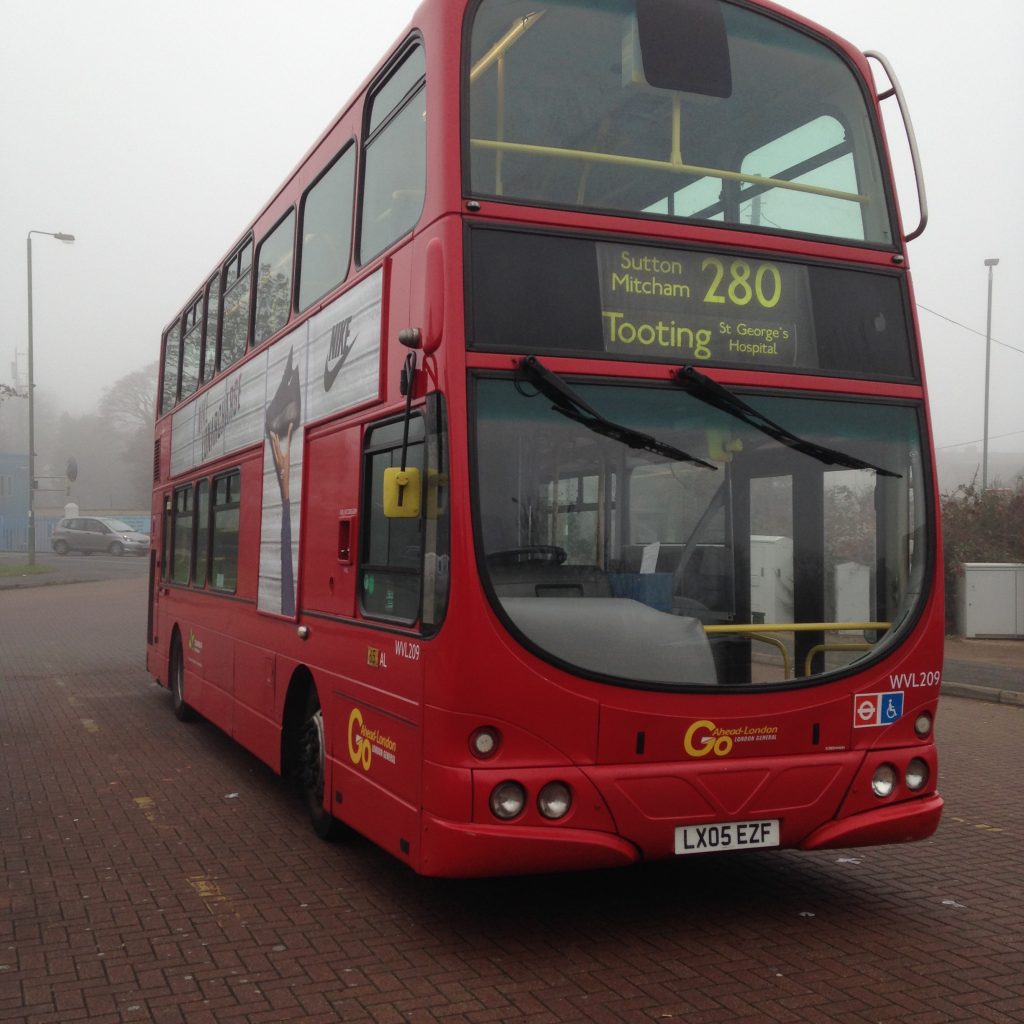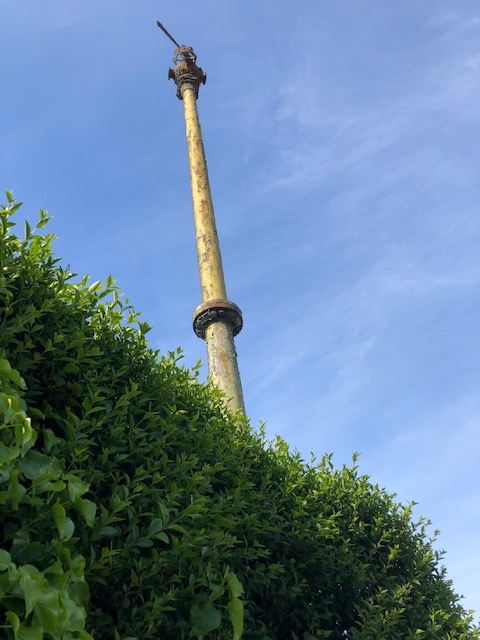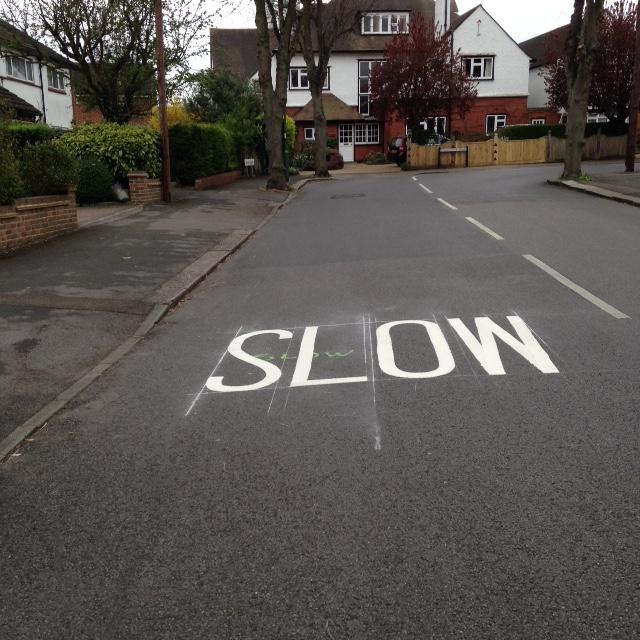
In support of our policies to combat global warming and reduce carbon emissions, the programme to fit electric vehicle charging points in lampposts in our Ward continues. A further consultation exercise is about to take place on the installation of two new electric vehicle charging points in Mulgrave Road, close to the junction with Worcester Road. A preliminary consultation found majority support but few residents responded.
There are now charging points at the following locations:
Opposite 49 The Ridgway
Opposite 26 Langley Park Road
Opposite Foxley Court in Christchurch Park
Opposite 10 Cumnor Road
In Cedar Gardens
Opposite Grange Court, Grange Road
Opposite Thomas House, Grange Road
Opposite 13 Stanley Road
Opposite Fairford Court, Stanley Road
We want to draw attention to the Sutton Citizen space survey where residents should log their suggestions for EV charge points.
https://sutton.citizenspace.com/highways-environment-and-planning/ev-survey/
The photo shows the first vehicle that used the first charging point in the Ward, in The Ridgway. Given the policy to ultimately phase out petrol driven vehicles, a big and continuing expansion will be needed.
Sutton Council is working with Siemens to install Ubitricity lamp column electric vehicle charging points. Ubitricity lamp column charging points are compact and fit into the door of a lamp column.
The aim of lamp column charging is to give residents the ability to easily charge electric or plug-in hybrid vehicles on the street where they live, especially if they do not have off-street parking or are unable to install their own home charging point. Installing residential charging points is important because a key barrier to people switching to electric vehicles is the concern around where they will be able to charge their vehicle.
Not all lamp columns are suitable for lamp column charging points. The lamp columns need to be “electrically suitable”, be positioned near the kerb and have enough internal space to fit the charging point. They need to be sensibly located so that a vehicle could safely park and charge next to the lamp column. The lamp columns also need to be made of metal, not concrete.
An “earth mat”, a small metal grid, is also installed in the footway next to the lamp column. This is to make the charging point “electrically safe” if there is a fault. There are signs to indicate that the lamp column has a charging point fitted, though this sign will not prevent non-electric or plug-in hybrid vehicles from parking next to the lamp column.
This is a major advance in our drive to promote electric vehicles and combat global warming.













